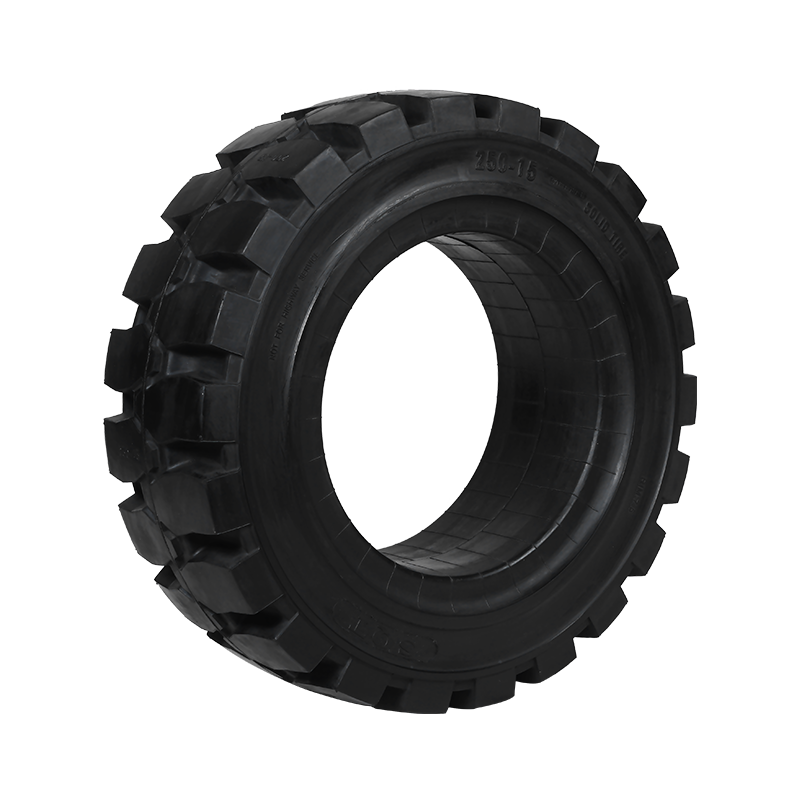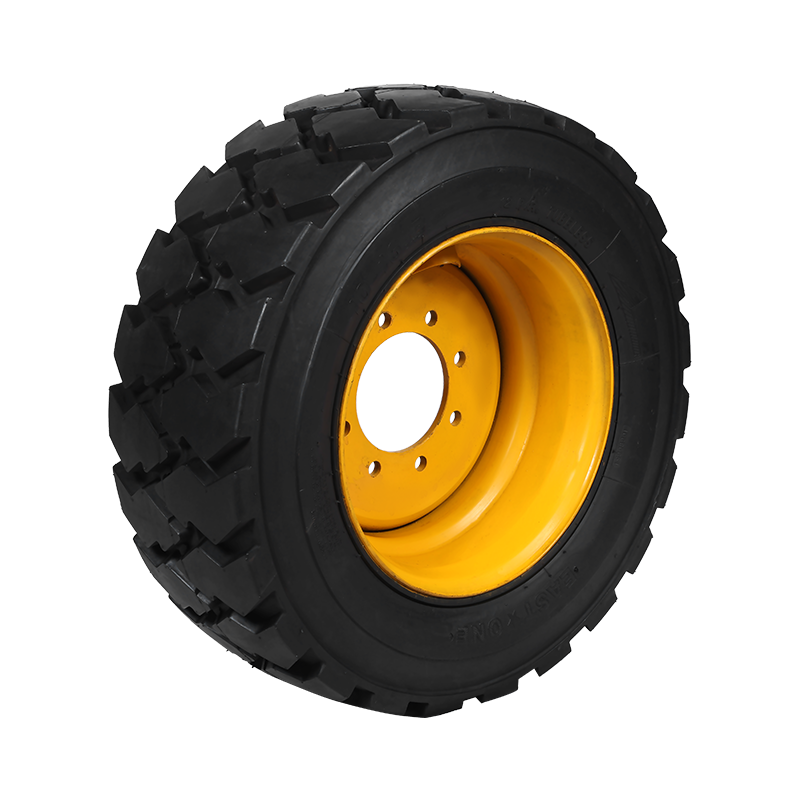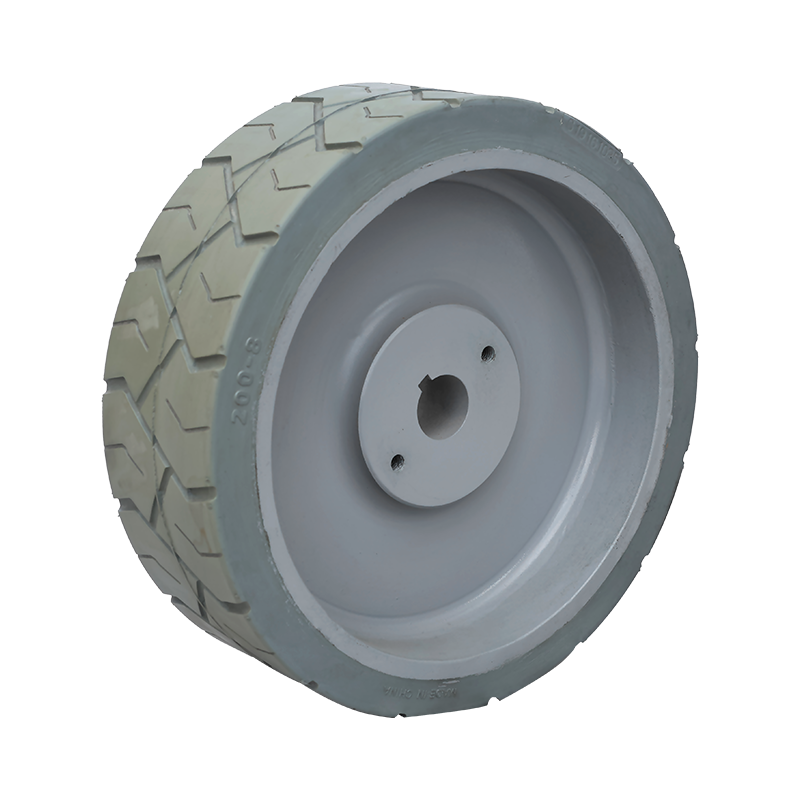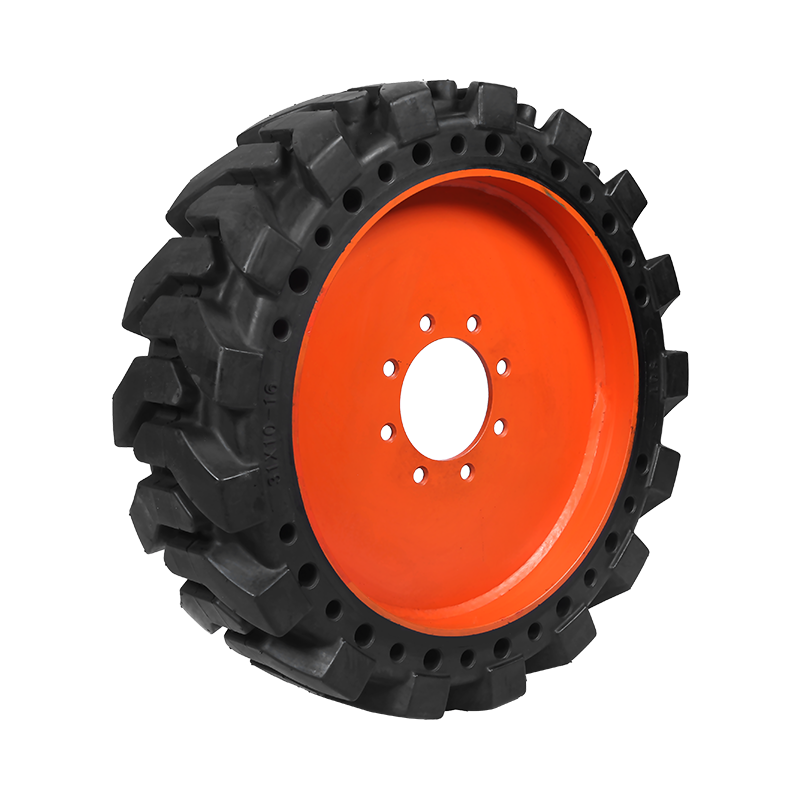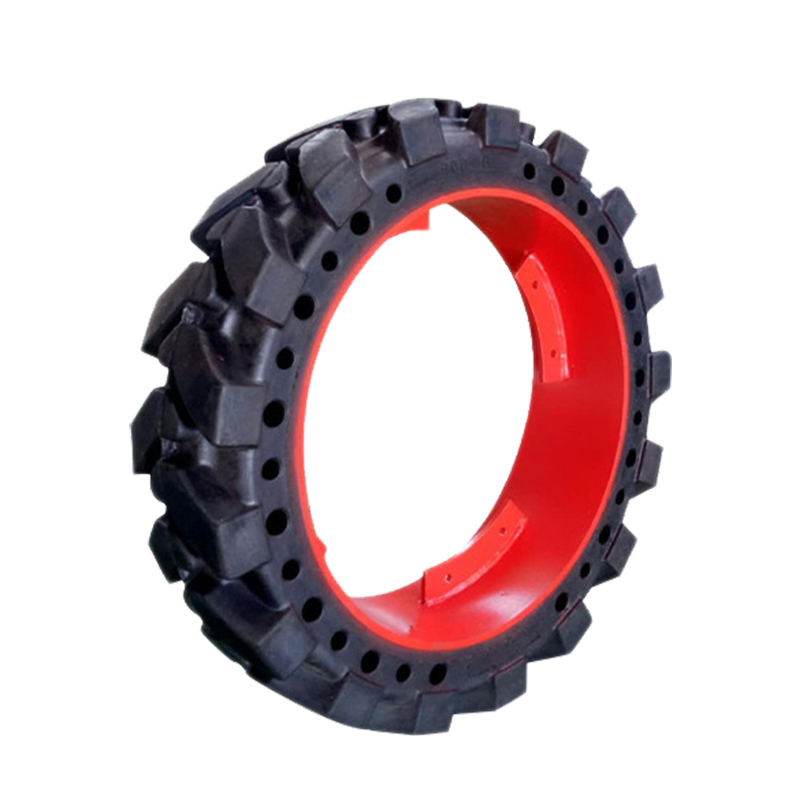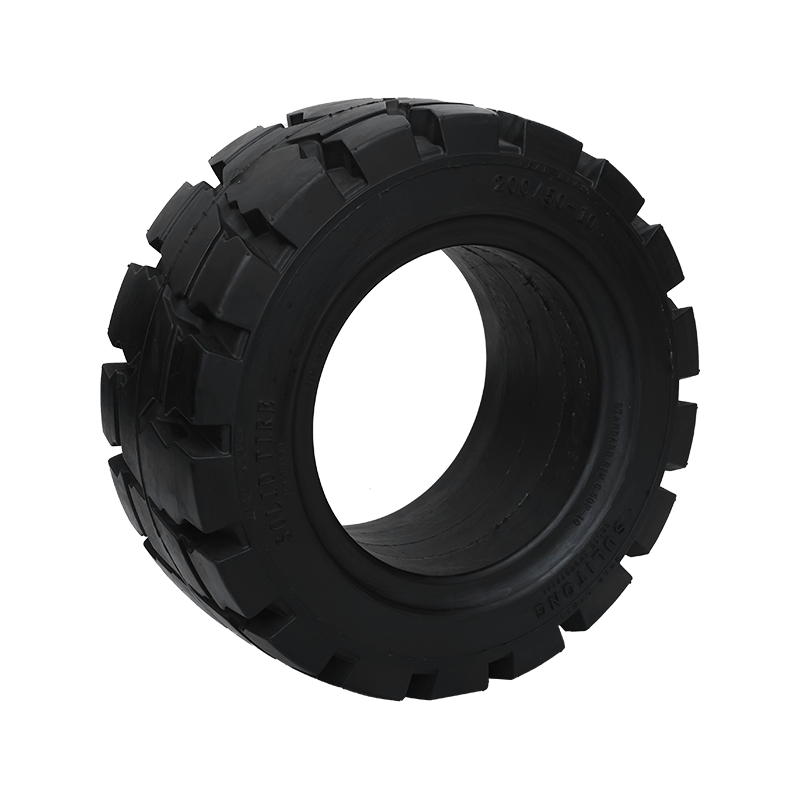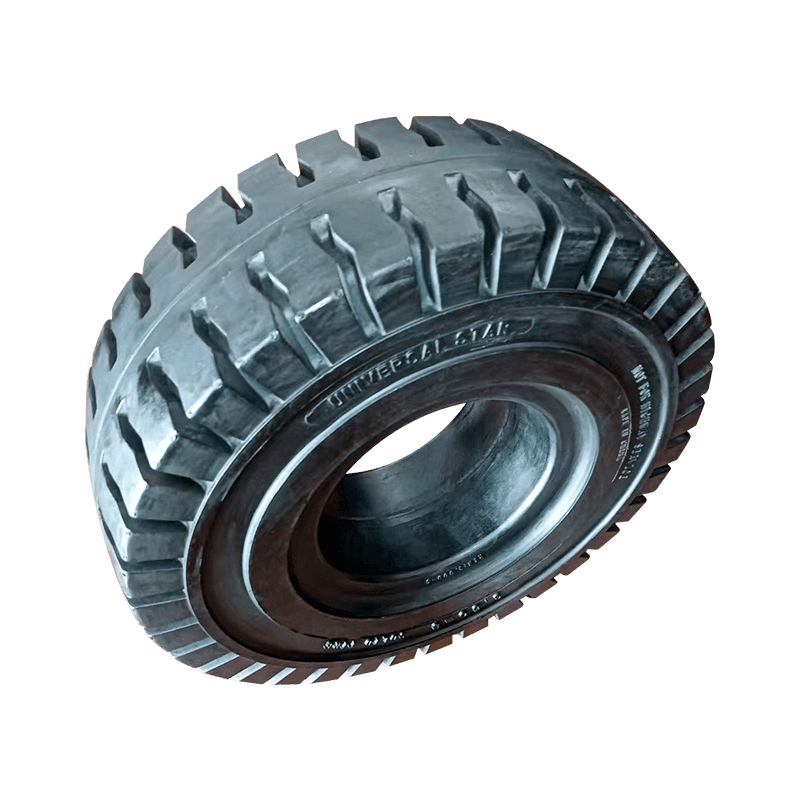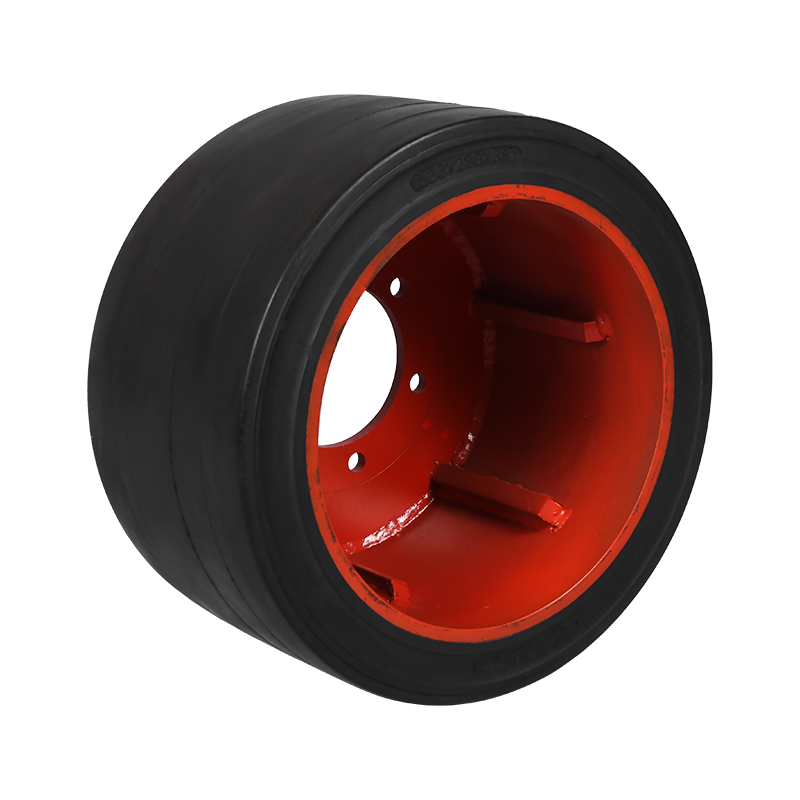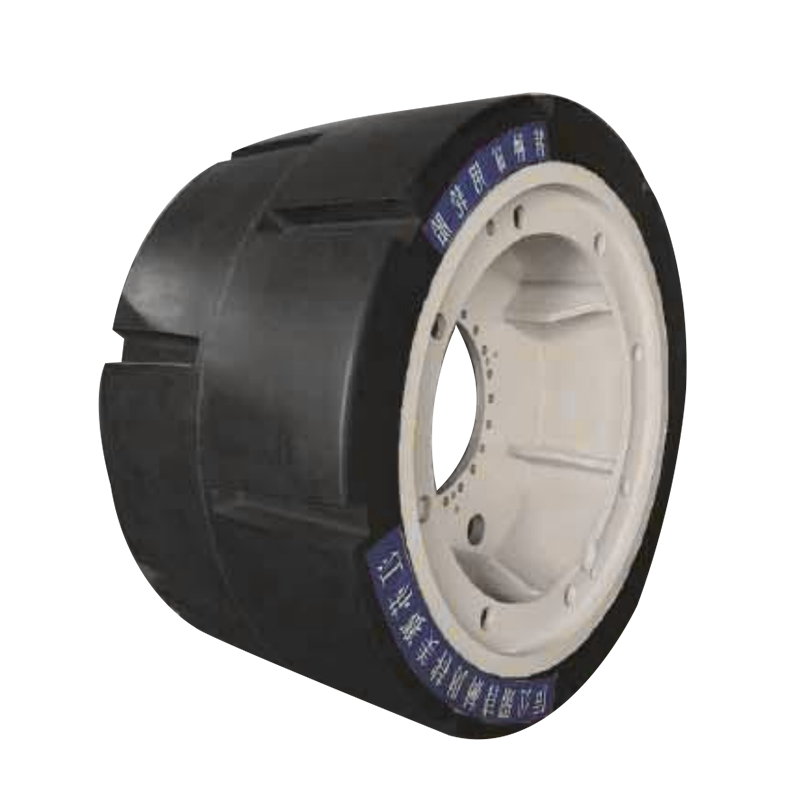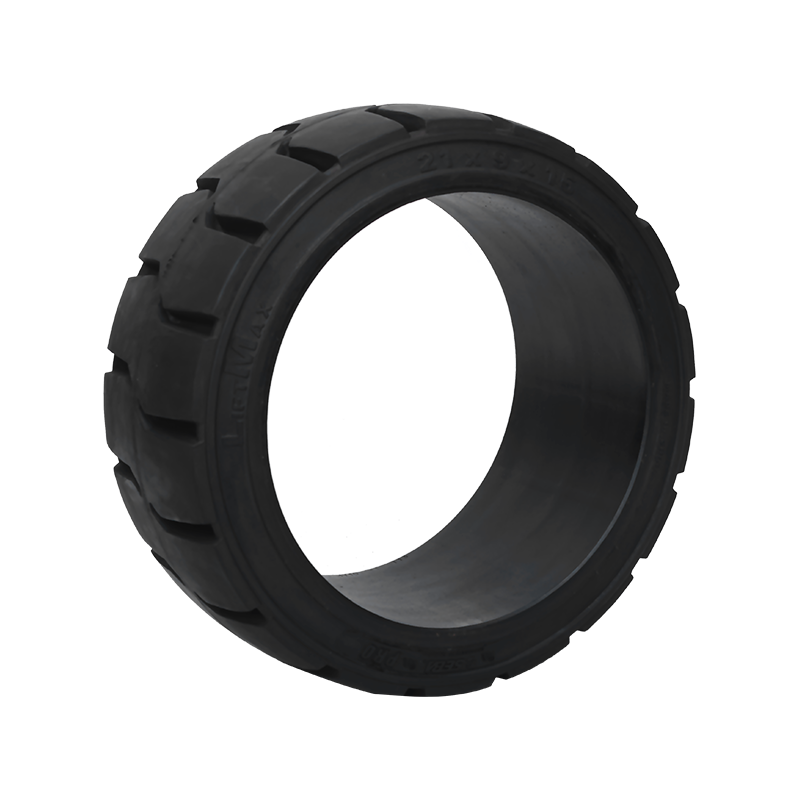Foam-Filled vs. Pneumatic (Air-Filled) Tires: What's the Difference?
When it comes to choosing tires, you'll likely encounter two main types: foam-filled tires and pneumatic (air-filled) tires. Understanding the differences between them is crucial for ensuring your equipment operates safely and efficiently. These two tire types have significant differences in their structure, performance, maintenance, and application.
Structure and Working Principle
Foam-Filled Tires
Foam-filled tires, also known as polyurethane-filled tires or solid-fill tires, don't contain air. Instead, their internal cavity is filled with a special polyurethane foam. This foam expands and solidifies after being injected into the tire, creating a tough, incompressible core. As a result, these tires cannot be punctured or go flat. They are essentially maintenance-free, with no need to worry about air pressure.
Pneumatic Tires
Pneumatic tires are the most common type of tire. They have a hollow chamber filled with compressed air. The tire's performance, such as its load-bearing capacity and ride comfort, depends heavily on its internal air pressure. The air pressure must be checked and adjusted regularly to ensure the tire functions properly.
Performance Comparison
Puncture Resistance
-
Foam-Filled Tires: This is their greatest advantage. Because there is no air inside, they are completely immune to punctures from nails, glass, sharp rocks, and other objects. This makes them ideal for harsh environments like construction sites, recycling centers, and mines, where downtime is a major concern.
-
Pneumatic Tires: These are very susceptible to punctures. Once punctured, the tire will lose air and require repair or replacement. In hazardous environments, this increases maintenance costs and the risk of equipment downtime.
Load-Bearing Capacity
-
Foam-Filled Tires: Due to their solid internal structure, foam-filled tires generally have a higher load-bearing capacity than pneumatic tires of the same size. This makes them an excellent choice for forklifts, loaders, and other heavy-duty equipment that needs to handle significant loads.
-
Pneumatic Tires: The load-bearing capacity is directly related to the internal air pressure. If the pressure is too low, the tire will deform, compromising its ability to carry a load and potentially leading to damage.

Ride Comfort and Traction
-
Foam-Filled Tires: Because of their rigid filling, foam-filled tires offer very little cushioning. The ride is much bumpier on uneven surfaces, and they can put more stress on a vehicle's suspension system. Their traction on some surfaces might be slightly inferior to that of pneumatic tires.
-
Pneumatic Tires: The air inside provides excellent cushioning and shock absorption, resulting in a smoother, more comfortable ride. On uneven terrain, pneumatic tires can better absorb vibrations, reducing the impact on both the vehicle and the operator. Additionally, adjusting the air pressure can optimize the tire's contact patch, which can improve traction on different surfaces.
Cost and Maintenance
-
Foam-Filled Tires: The initial purchase cost is typically higher than for pneumatic tires. However, their puncture-proof and maintenance-free nature can lead to significant long-term savings on repair costs and downtime, especially in high-risk environments.
-
Pneumatic Tires: They have a lower initial cost, but throughout their lifespan, they require regular air pressure checks, repairs, and replacements, all of which add to the overall maintenance expenses.
Applications
-
Foam-Filled Tires: Best suited for heavy machinery operating in harsh, puncture-prone environments, such as:
-
Forklifts and Loaders: Used in warehouses, construction sites, and factories to handle heavy loads.
-
Mining Equipment: Operating in mines filled with sharp rocks.
-
Waste and Recycling Vehicles: Working in environments with nails, glass, and other debris.
-
-
Pneumatic Tires: Better for applications where ride comfort is a priority and road conditions are generally good, such as:
-
Passenger Cars and Trucks: Everyday commuting and hauling.
-
Agricultural Machinery: Driving on fields where good traction is needed.
-
Off-road Vehicles and ATVs: Where shock absorption and traction are essential.
-
In conclusion, foam-filled tires and pneumatic tires each have distinct advantages and disadvantages. The choice between them depends on your specific needs. If you work in a harsh environment and want to minimize downtime and maintenance costs, then solid-fill tires may be the better option. If you prioritize ride comfort, traction, and a lower initial cost, then traditional pneumatic tires will be a more suitable solution.
CONTACT US
-

Email: SMT001@saimeite-tyre.com
-

Phone: +86-18451337018No. 1, Renmin South Road, Yandu District, Yancheng City, Jiangsu Province, China

 English
English 한국어
한국어 Français
Français Español
Español
